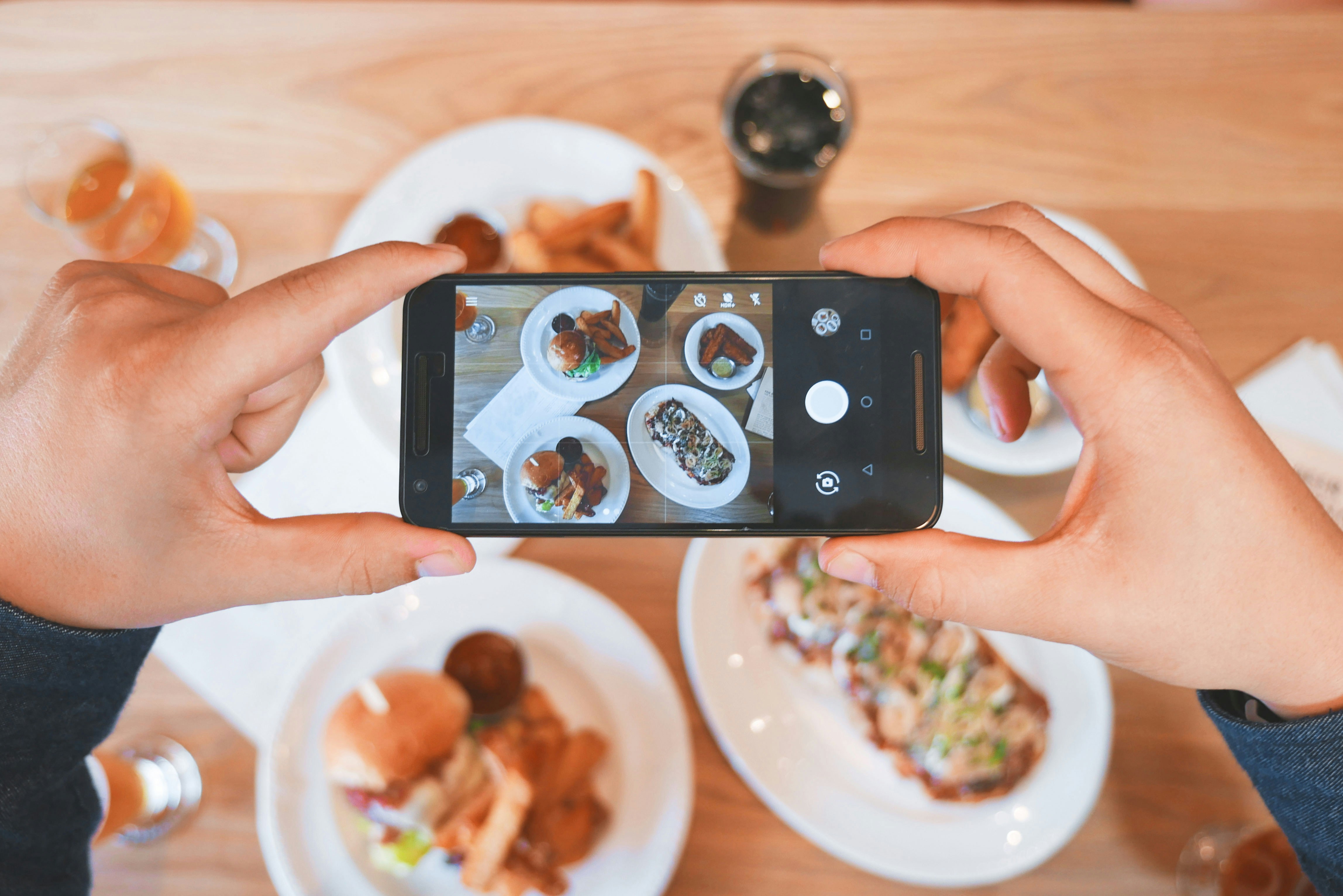Social media is no longer optional for businesses, it’s a vital part of any marketing strategy. However, with so many platforms available, choosing the right ones can definitely feel overwhelming.
The key to success lies in understanding what each platform offers and how it aligns with your business goals. Whether you aim to increase brand awareness, drive sales or build a loyal community, selecting the right channels can make all the difference.
To help you make the right choice, we’ll break down six major social media platforms and how businesses can use them effectively.
Instagram: Visual Storytelling for Brand Awareness
With over one billion active users, Instagram is a powerhouse for visually-driven businesses. It’s ideal for industries such as fashion, food, travel, beauty, e-commerce and lifestyle brands. Instagram thrives on creative content, making it perfect for storytelling, influencer marketing and direct sales.
Businesses can use Instagram effectively by:
- Posting high-quality visuals: Showcase products, services and company culture through completing images and videos
- Leverage Stories and Reels: Engage audiences with short-form videos, behind-the-scenes content and tutorials
- Utilize Instagram Shopping: Tag products directly in posts and stories to drive sales
- Engage Through Hashtags and Collaborations: Expand reach by using trending hashtags and partnering with influencers
- Optimize Bio and Highlights: Provide essential business information in an easily accessible format.
Instagram is best for brand awareness, e-commerce, influencer collaborations or visual storytelling.
Facebook: Community Building and Advertising Powerhouse
With over 3 billion users, Facebook remains one of the most versatile platforms for businesses. It’s particularly effective for building a community, running targeted ads (through Meta and therefore on Instagram as well) and customer engagement.
Businesses can use Facebook effectively by:
- Creating a Business Page: Provide key details like business hours, contact information and product offerings
- Running Targeted Ads: Use Facebook Ads to reach specific audiences based on demographics, interests and behavior
- Engage with customers: Respond to messages, comments and reviews to build strong relationships
- Host Facebook Events: Promote webinars, product launches and special offers
- Share long-form and video content: Facebook prioritizes video and engaging posts over static images
Facebook is best for small businesses, local businesses, B2C marketing and customer engagement.
Google Business Profile (GBP): Essential for Local Businesses
Google Business Profile is a must-have for businesses that rely on local customers. It improves search visibility and helps potential customers find key information quickly.
Businesses can use GBP effectively by:
- Keeping business details updated: Ensure your business name, address and contact details are accurate
- Encouraging customer reviews: Positive reviews improve credibility and search rankings
- Posting regular updates: Keep your listing active with offers, events and new products
- Responding to reviews: Engage with customers to build trust and enhance the reputation of the business
The Google Business Profile is essential for all businesses, whether or not they have a physical location as well as it also acts as Local SEO.
LinkedIn: B2B Networking and Thought Leadership
LinkedIn is the top platform for B2B marketing, professional networking and corporate branding. With over 900 million users, this is a hub for professionals who are looking to connect, learn and establish expertise.
Businesses can use LinkedIn effectively by:
- Creating a company page: Showcase your brand, services and company culture
- Publish thought leadership content: Share industry insights, case studies and expert opinions with your followers
- Engage with professionals: Join LinkedIn Groups, comment on relevant posts and build strategic connections
- Use LinkedIn Ads: Target decision-makers and professionals in specific industries
LinkedIn is best for B2B companies, professional services, corporate branding and lead generation.
TikTok: Engaging Content for Younger Audiences
TikTok is one of the fastest-growing platforms, especially among Gen Z and younger Millenials. Businesses that focus on creativity, entertainment and short-form content can absolutely thrive here.
Businesses can use TikTok effectively by:
- Creating short, engaging videos: Tutorials, customer testimonials and behind-the-scenes content work very well
- Leveraging trends and challenges: Participate in trending hashtags and viral challenges to increase reach
- Collaborating with influencers: Work with TikTok creators to expand audience engagement
- Using TikTok Ads: Targeted video ads can drive traffic and conversions
TikTok is best for Gen Z focused brands, e-commerce, entertainment and viral marketing.
X: Real-Time Updates and Brand Engagement
X (formerly Twitter) is ideal for businesses that want to engage with audiences in real-time, share news and build thought leadership. It’s widely used for customer service, brand announcements and industry discussions.
Businesses can use X effectively by:
- Sharing quick updates and news: Post real-time updates, industry news and company announcements
- Engaging in conversations: Reply to customer inquiries, participate in trending discussions and interact with other brands
- Using hashtags and trending topics: Increase visibility by participating in relevant hashtags
- Run X Ads: Promote tweets and run targeted ad campaigns to increase reach
- Utilize Spaces: Host live discussions and Q&A sessions to connect with your audience
X is best for technology companies, news media, thought leadership, customer service and real-time engagement.
A successful social media strategy isn’t just about being everywhere, it’s about being where your audience is. By selecting the right platforms and creating content that resonates with your targeted customers, your business can maximize reach, engagement and growth.
Need help optimizing your social media strategy? Let’s chat!

